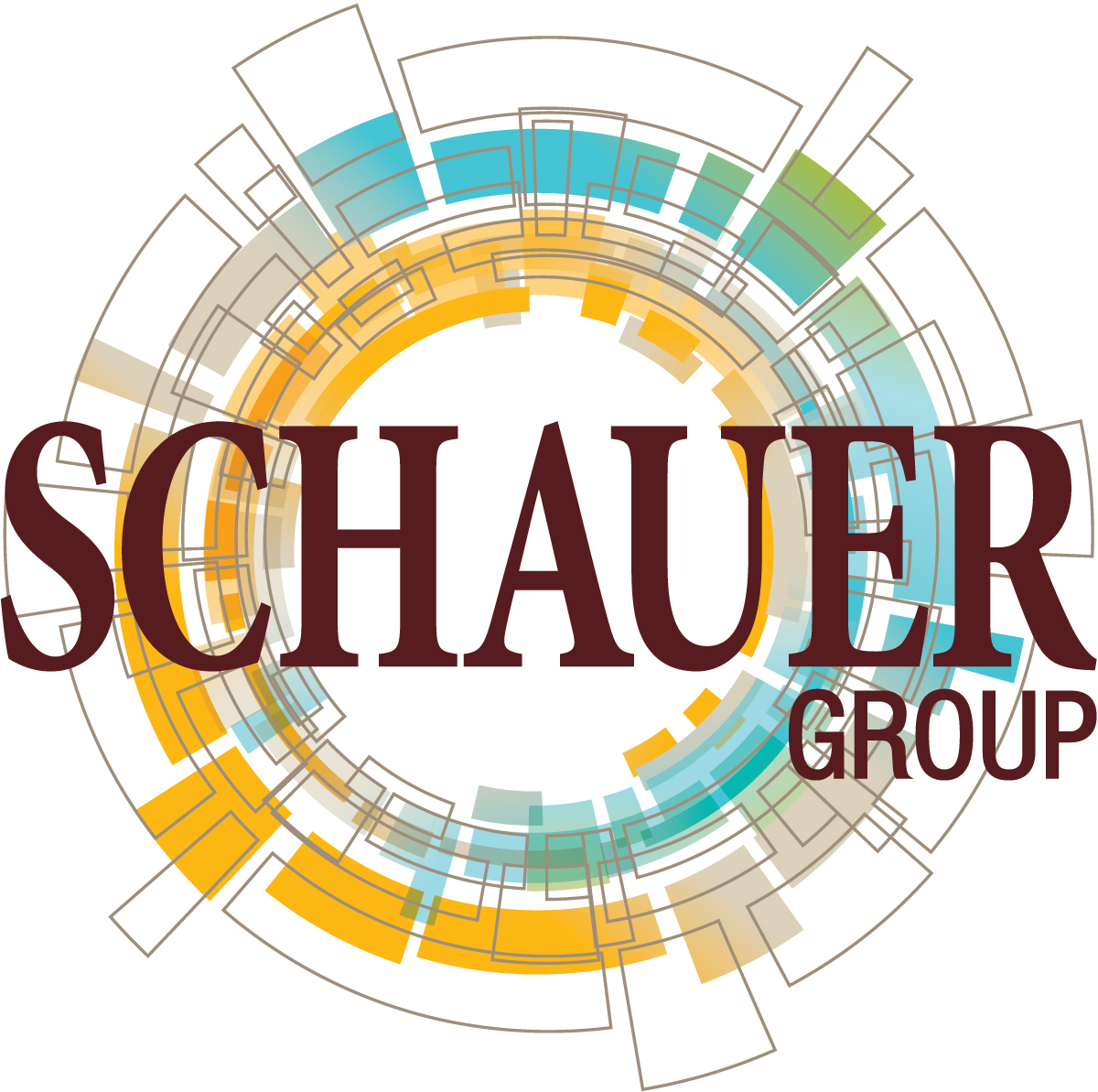Insuring all of the risks associated with large-scale construction projects can be a daunting task for the parties involved. The traditional insurance approach requires each party to procure and maintain separate coverage. Generally, the contractor and subcontractor then include the cost of insurance, plus a mark-up, in their project bids.
Typically, risk is then pushed downstream—from owners to general contractors, and from general contractors to subcontractors—through contractual indemnifications, contractually mandated minimum insurance requirements and additional insured provisions.
While this approach may be customary for the parties involved, it is not without complications. Due to the number of policies and insurers involved, the traditional approach creates the potential for unforeseen liability gaps to emerge. Some parties may have inadequate limits, gaps in coverage or no insurance at all. Furthermore, because there are various insurance companies covering one project, each claim has the potential to cause costly and time-consuming cross litigation.
As an alternative to having each party obtain separate liability policies, Schauer Group suggests that project owners and general contractors turn to a wrap-up insurance program to manage their risks.
What is Wrap-up Liability Insurance?
Sometimes referred to as controlled insurance programs (CIP), wrap-up insurance programs are centralized insurance and loss control programs intended to protect the project owner, general contractor and subcontractors under a single insurance policy or set of policies for the construction project.
Wrap-up programs are designed to reduce the overall cost of insurance by providing what amounts to volume discounts for the entire project.
Insurers typically offer two types of wrap-up programs based on the party sponsoring the program:
- Owner Controlled Insurance Program (OCIP): Under an OCIP, the project owner sponsors and controls the program. Accordingly, the project owner is the first named insured, and the general contractor, subcontractors and other participants are named insureds.
- Contractor Controlled Insurance Program (CCIP): Under a CCIP, the general contractor sponsors and controls the program. The general contractor is the first named insured, and the subcontractors and other participants are named insureds. Depending on the program, the project owner is either an additional insured or named insured.
While wrap-up programs are most frequently used for large, single-site projects, a rolling wrap-up can be used to insure multiple projects under one program.
What Types of Coverage Do Wrap-up Programs Provide?
Although each wrap-up program is designed to meet the needs of the specific project, most programs insure employer’s liability, general liability and excess liability exposures for claims arising from the construction project at the construction site during the policy period.
In many instances, builder’s risk, environmental liability, contractor default and other types of insurance can be included under a wrap-up program. Professional liability coverage can also be added to insure architects, engineers and other design professionals working on the project.
Liability occurring away from the project site is generally excluded under wrap-up programs. Accordingly, subcontractors, suppliers and vendors conducting off-site manufacturing or the assembling of building components may be excluded from the program. Claims arising from goods or materials in transit are often also excluded, preventing haulers and truck drivers from being covered under the program.
Wrap-up programs typically do not insure specific operations such as blasting, demolition or other high-risk operations. However, each program is different, and it is critical for program sponsors to be familiar with exactly what is and is not covered.
Benefits of Wrap-up Programs
Wrap-up programs can provide a number of benefits, including the following:
- Potential cost savings: Wrap-up programs are designed to reduce the overall cost of insurance by providing what amounts to volume discounts for the entire project.
- Consolidated coverage: Under the traditional approach by which parties procure their own insurance, the project owner and general contractor can set minimum insurance requirements for downstream participants. However, it can be difficult to determine whether contractors and subcontractors have obtained the correct limits and types of coverage. By contrast, under wrap-up programs, the controlling entity exerts greater control over the types, scope and limits of coverage.
- Higher limits: Most wrap-up programs have very high limits. If a major disaster occurs at a project and is not covered by a wrap-up program, the responsible contractors may not have adequate limits to cover the claim. Thus, the owner or general contractor may be on the line for the difference. However, if the project is covered by a wrap-up program, the limit should be sufficient to cover the incident.
- Centralized safety and risk management: Program sponsors, working in conjunction with their brokers, the insurer and safety professionals, can maintain centralized safety and risk management services. Doing so can reduce the frequency and severity of injury and property damage claims, thereby reducing insurance costs for the project.
- Efficient claims processing: Because a single insurer is the control point for managing claims, the process tends to be more efficient under wrap-up programs.
- Reduced disputes among insured parties: By covering all of the parties on a project under one policy, wrap-up programs reduce coverage disputes and subrogation issues between insureds and insurance carriers for covered claims that occur on the job site.
- Access to projects: For contractors and subcontractors, wrap-up programs can provide them with access to projects that they may not have otherwise been able to properly insure.
Potential Drawbacks
Because wrap-up programs often offer a broad range of coverage for many entities, they can be expensive to obtain. However, program sponsors are typically able to reduce costs by selecting higher deductibles or by distributing premium costs to all parties covered under the policy.
Since wrap-up programs tend to encompass several types of coverage for a number of different organizations, program sponsors generally inherit administrative tasks. Beyond purchasing the wrap-up program, sponsors may be required to review and approve program documents, meet with underwriters and review claims. To address these issues, plan sponsors can designate or hire individuals to help administrate the programs, which can add to overall costs.
While wrap-up programs often result in cost savings, like any insurance policy, they are subject to market fluctuations. Accordingly, potential cost savings should be carefully considered.
Additional Information
Schauer Group understands that implementing a wrap-up program can be a complicated process. There is no “one size fits all” model, and each program needs to be properly analyzed and tailored to meet a project’s specific needs.
If you are interested in insuring your next construction project with a wrap-up program, contact Schauer Group today and we will take the time to walk you through the ways you can protect your business and its projects.






